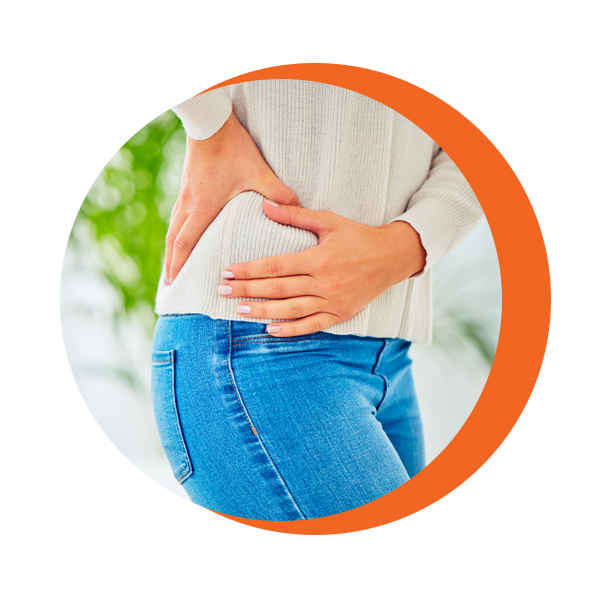Your shoulder is made up of numerous complex structures like the rotator cuff, the bursa and the labrum, along with three bones:
- Upper arm bone (humerus)
- Shoulder blade (scapula)
- Collarbone (clavicle)
There are two joints in the shoulder that can be affected by arthritis. One joint is the glenohumeral joint, where the humerus meets the scapula. The other joint is called the acromioclavicular joint, where the clavicle is connected to the scapula.
As arthritis progresses, the cartilage protecting your bones is damaged more and more, eventually leading to bone-on-bone traction in the joint. This can result in severe pain, stiffness, or a grinding or clicking in the shoulder.




